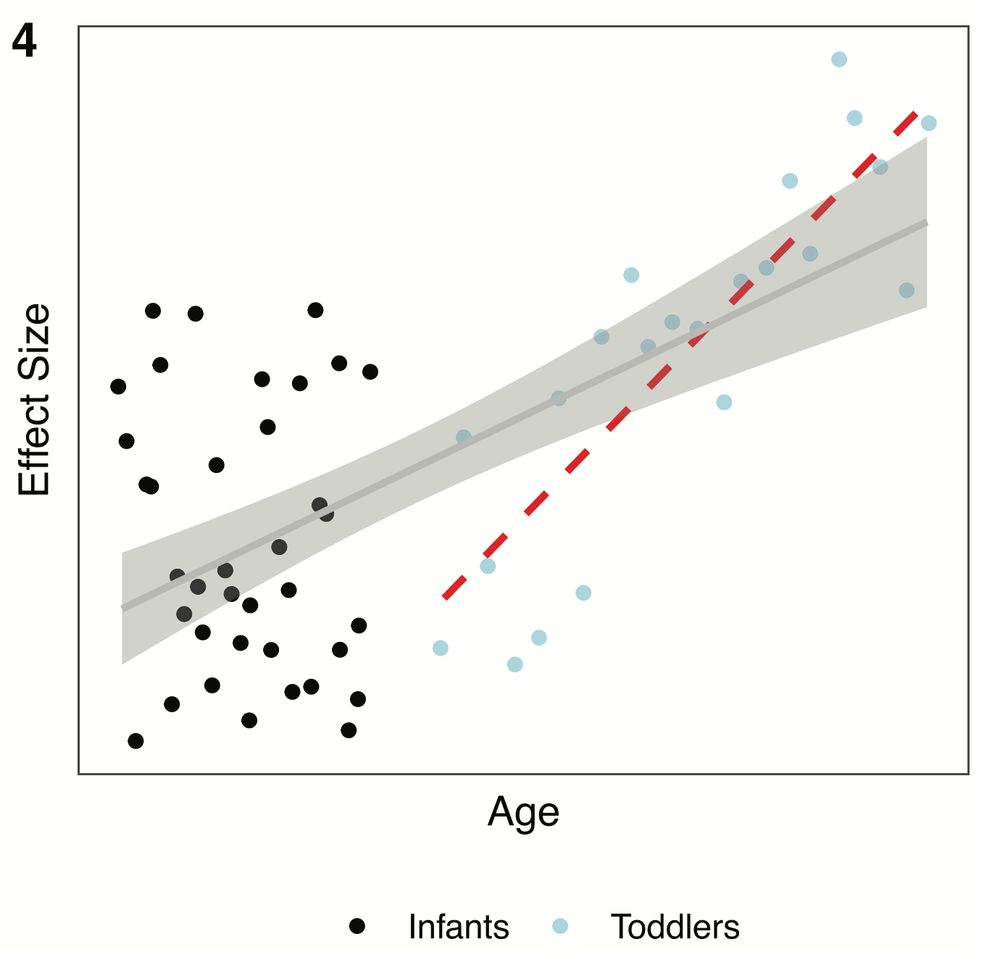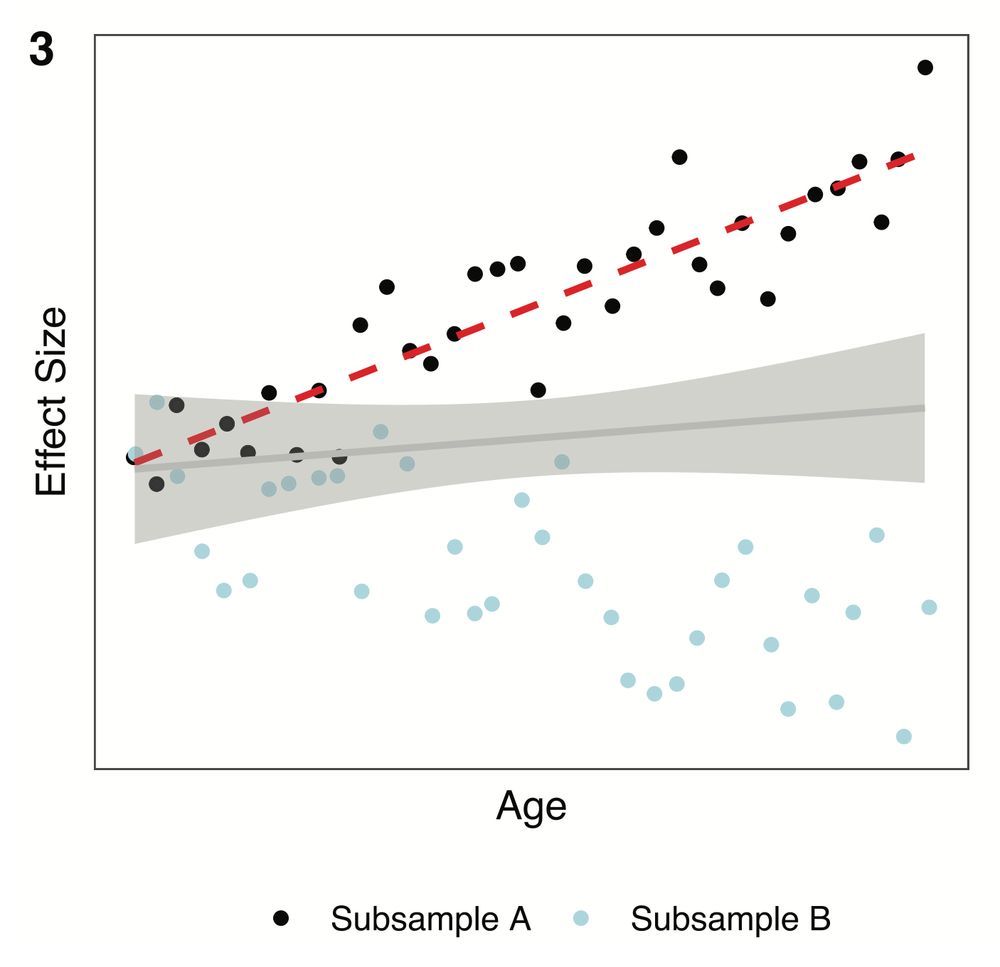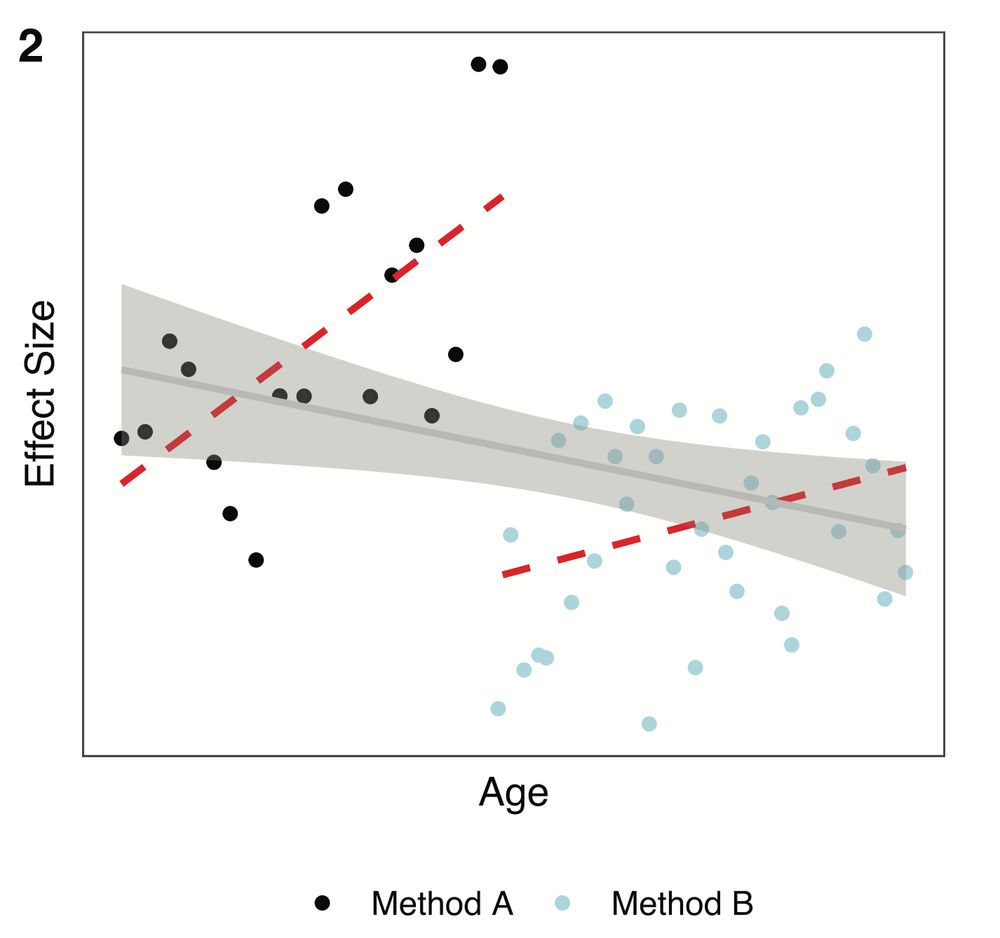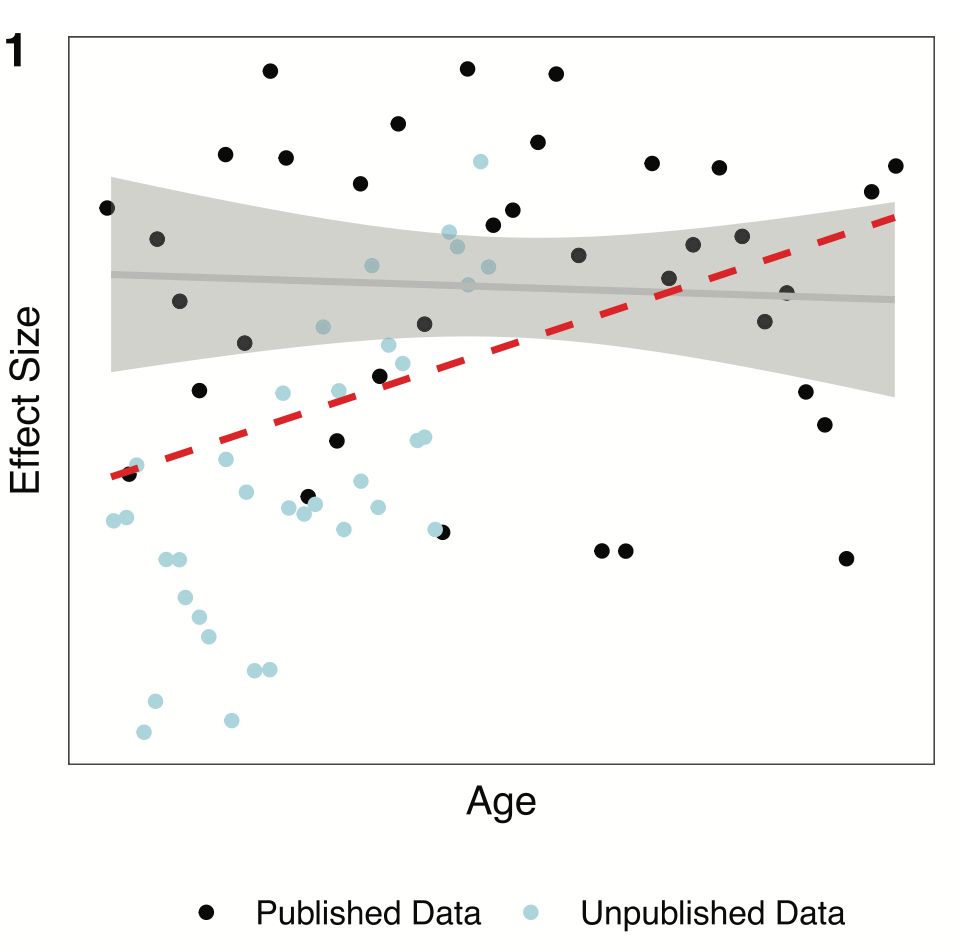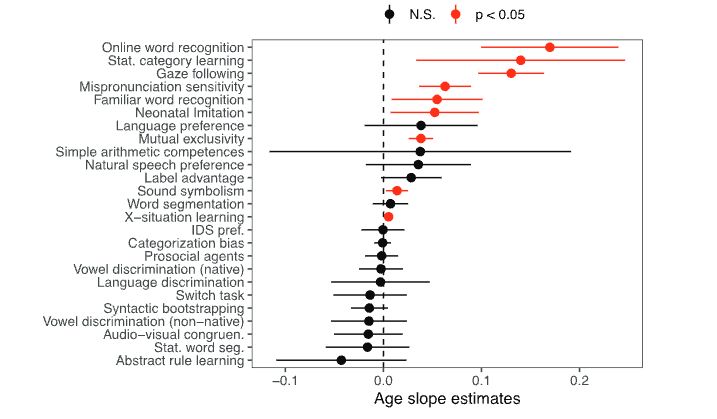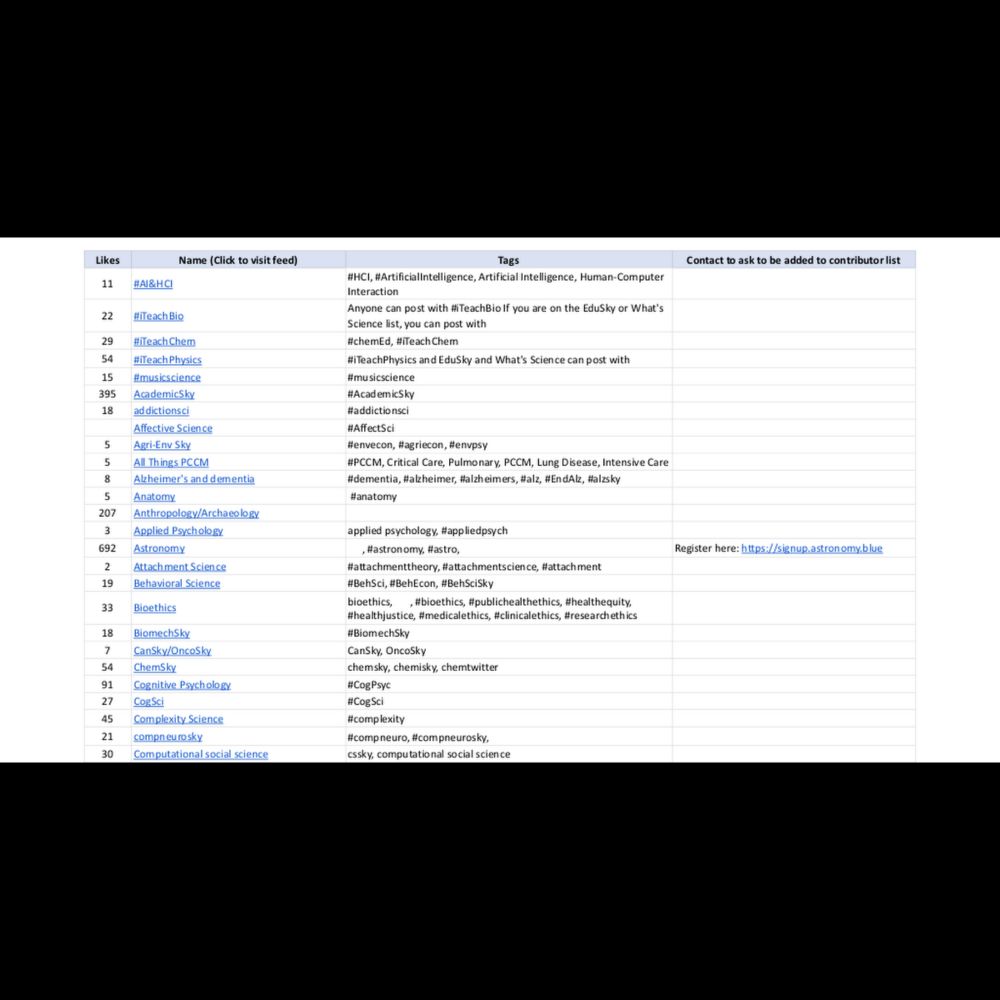anjie cao | 曹安洁
@anjiecao.bsky.social
590 followers
320 following
18 posts
Psychology PhD student at Stanford
Co-founder & Host of Stanford Psychology Podcast
CMU alum
Posts
Media
Videos
Starter Packs
anjie cao | 曹安洁
@anjiecao.bsky.social
· May 27
anjie cao | 曹安洁
@anjiecao.bsky.social
· May 13
anjie cao | 曹安洁
@anjiecao.bsky.social
· May 12
anjie cao | 曹安洁
@anjiecao.bsky.social
· May 12
anjie cao | 曹安洁
@anjiecao.bsky.social
· May 12
anjie cao | 曹安洁
@anjiecao.bsky.social
· May 12
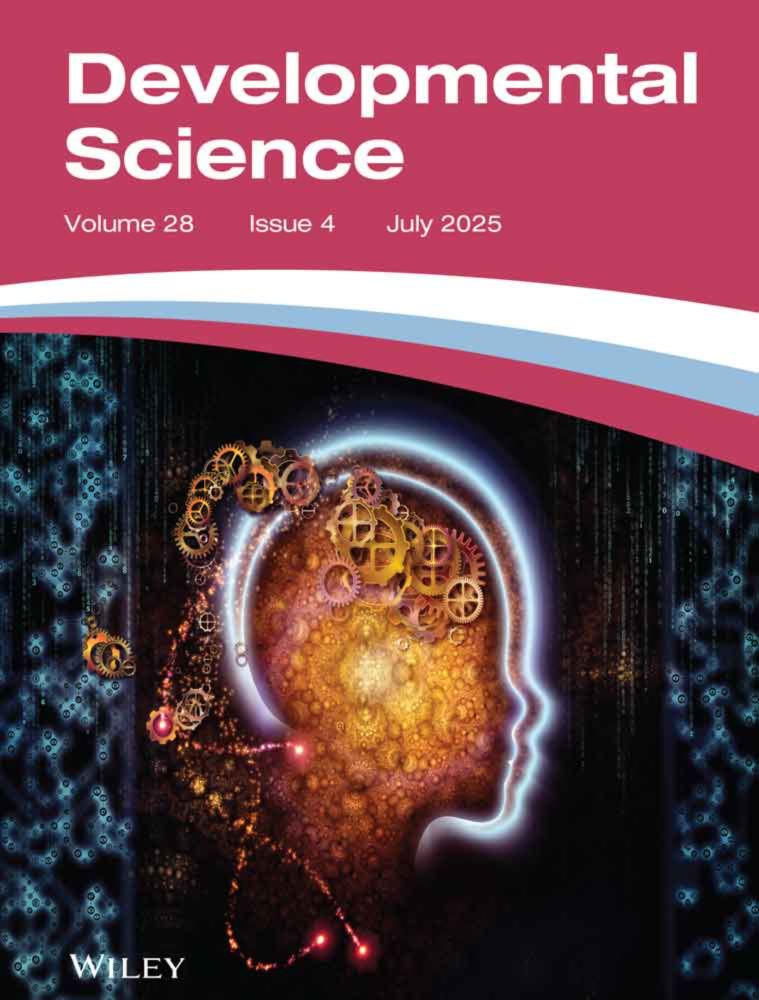
Estimating Age‐Related Change in Infants' Linguistic and Cognitive Development Using (Meta‐)Meta‐Analysis
Developmental psychology focuses on how psychological constructs change with age. In cognitive development research, however, the specifics of this emergence is often underspecified. Researchers ofte...
onlinelibrary.wiley.com
anjie cao | 曹安洁
@anjiecao.bsky.social
· May 8
anjie cao | 曹安洁
@anjiecao.bsky.social
· May 8
anjie cao | 曹安洁
@anjiecao.bsky.social
· May 8
anjie cao | 曹安洁
@anjiecao.bsky.social
· May 8
anjie cao | 曹安洁
@anjiecao.bsky.social
· May 8
Reposted by anjie cao | 曹安洁
